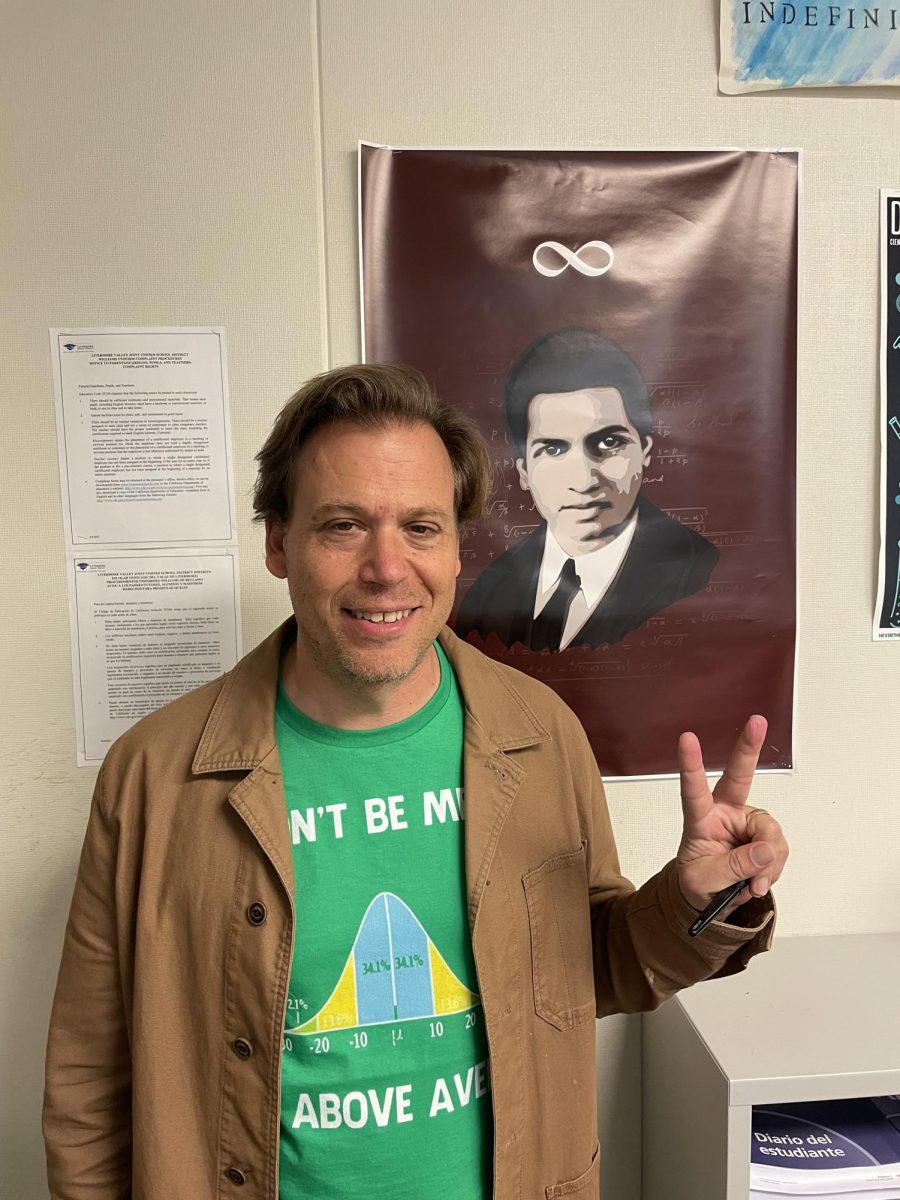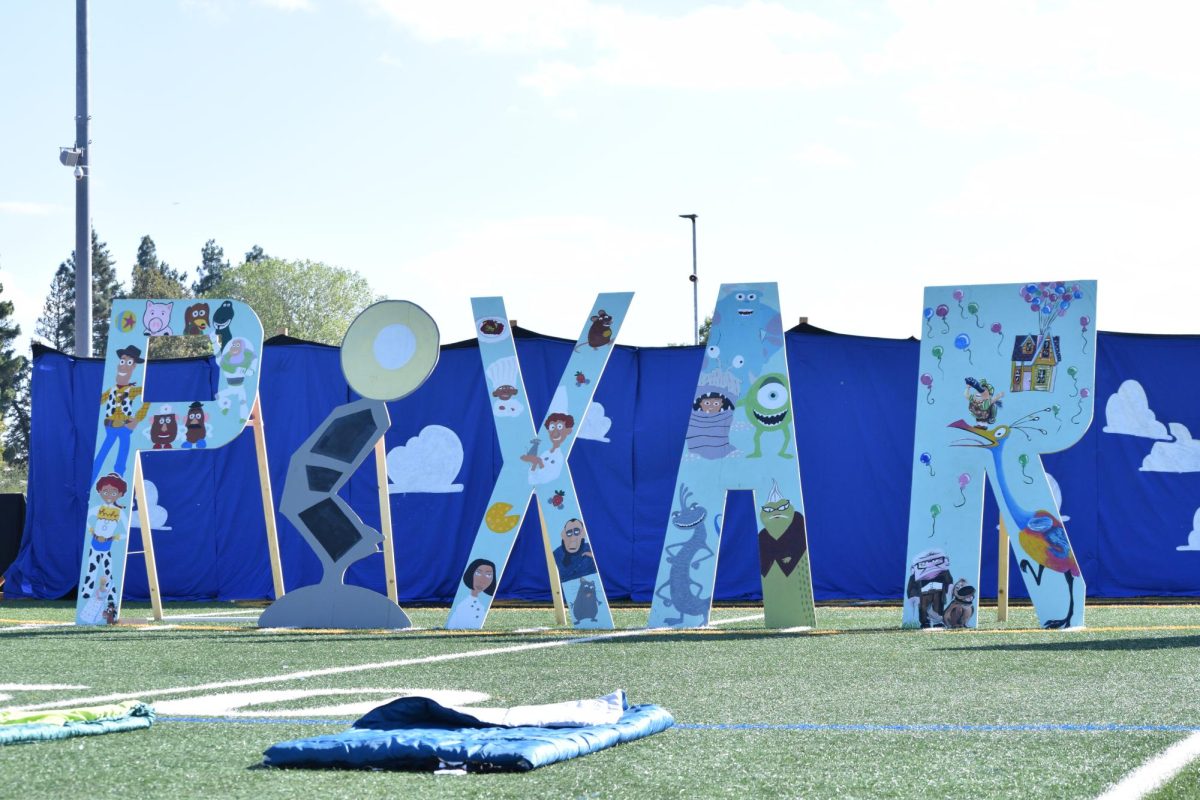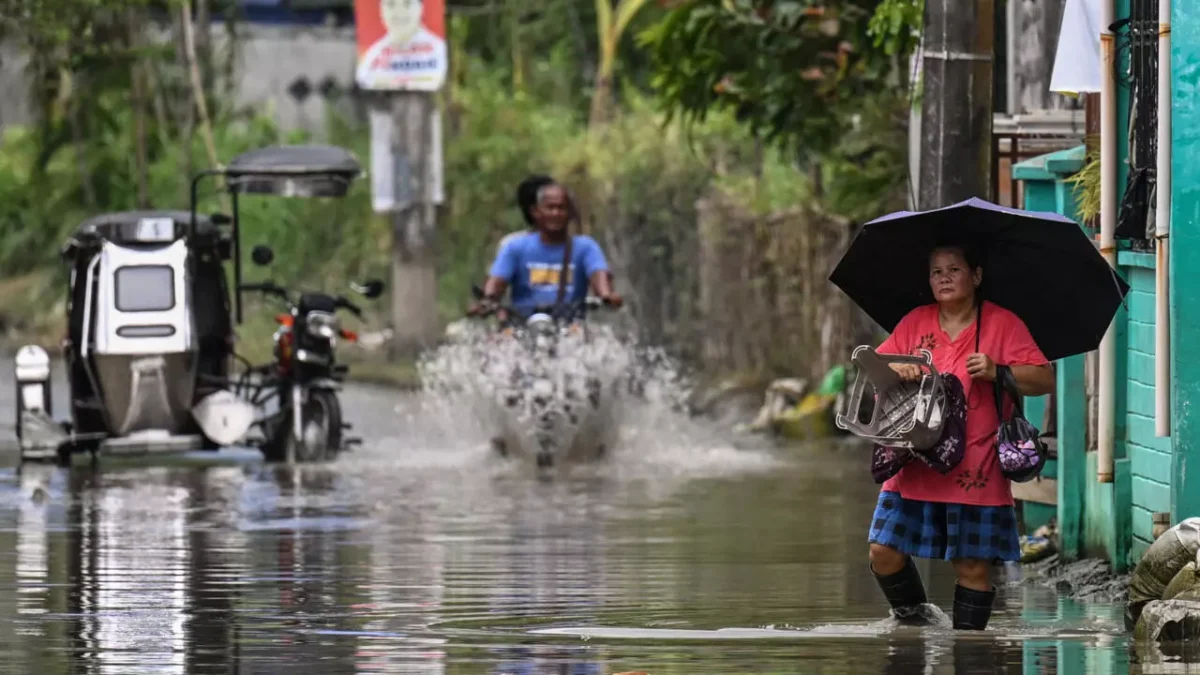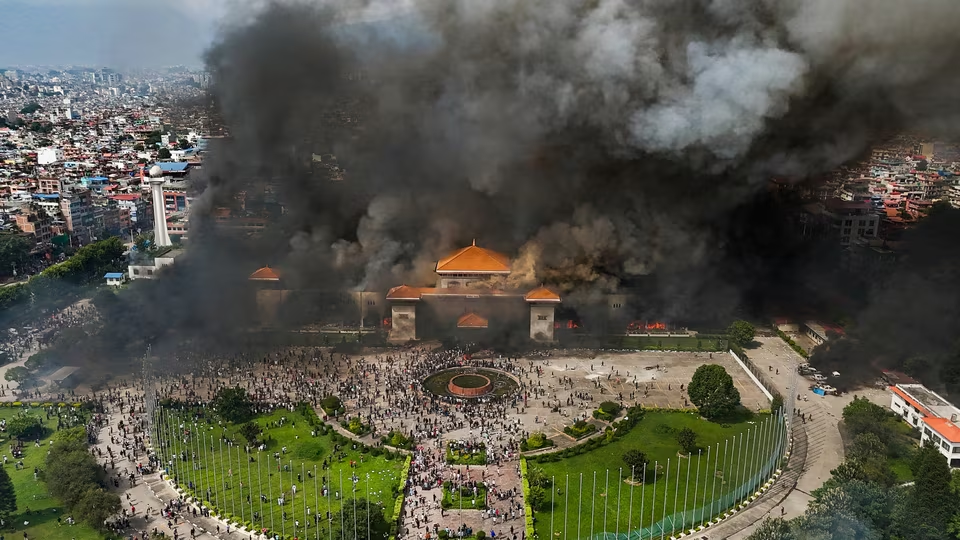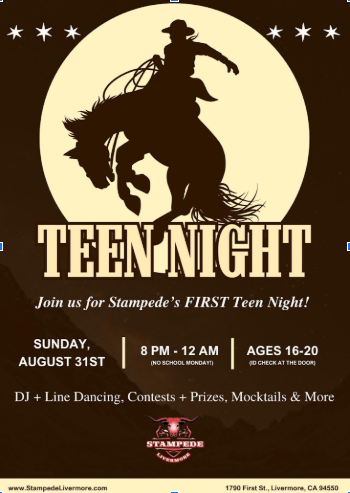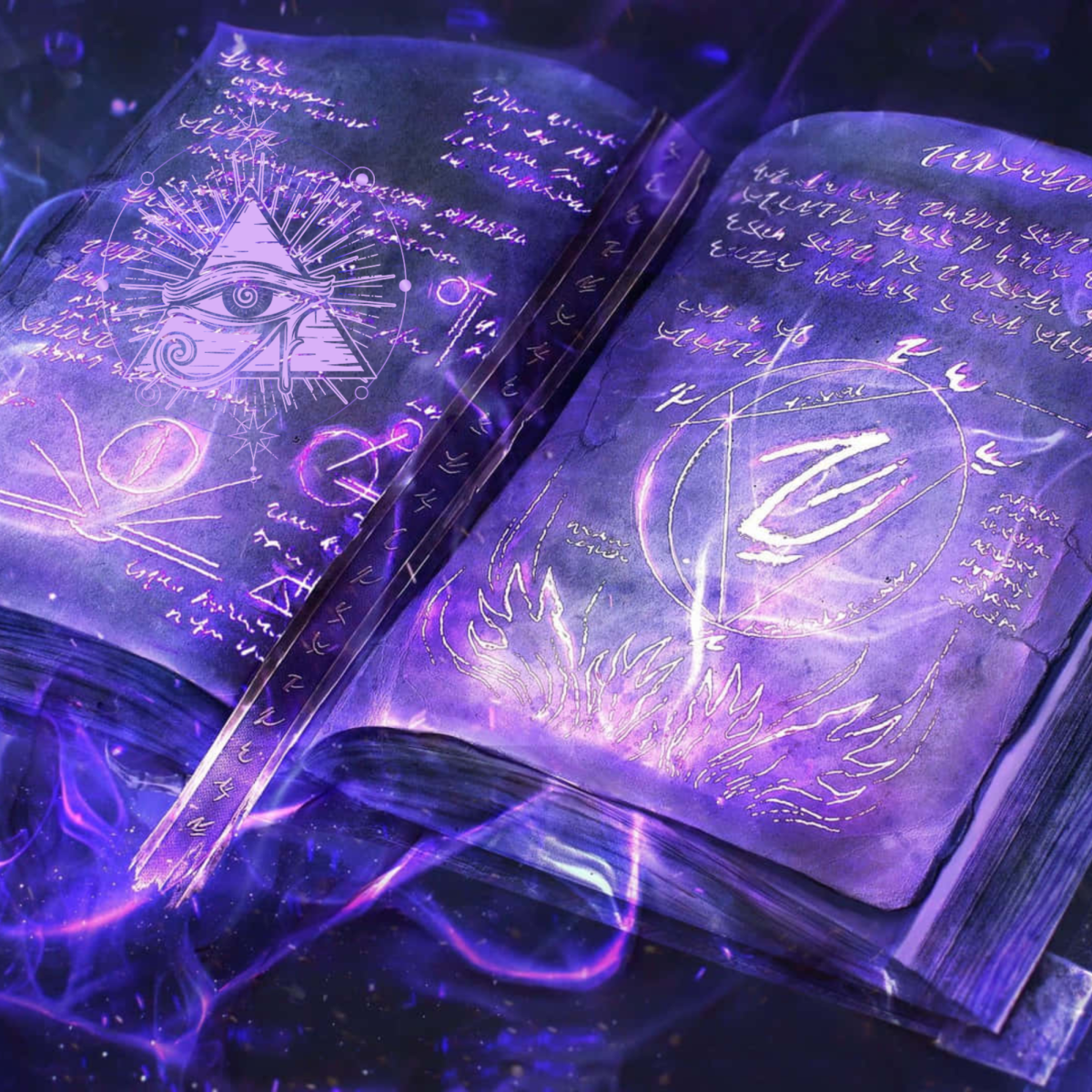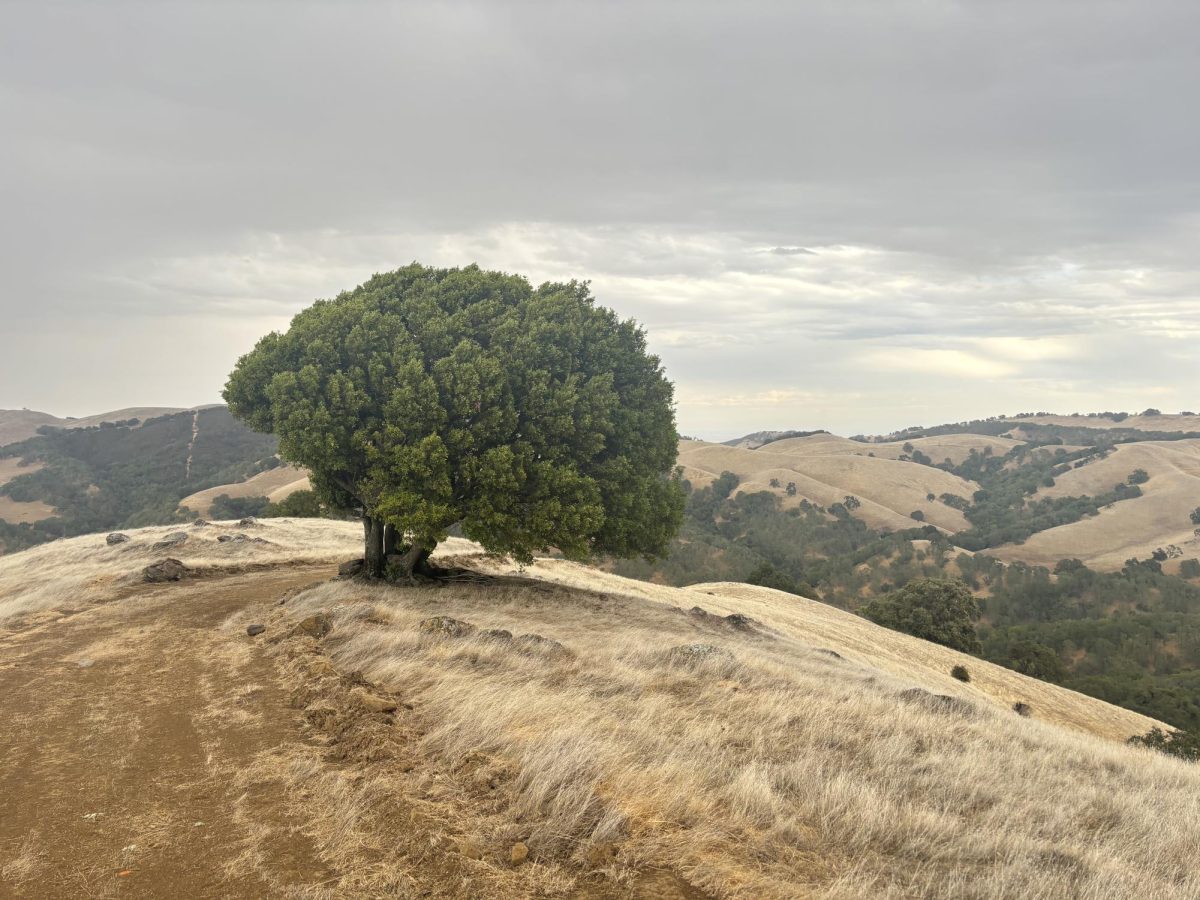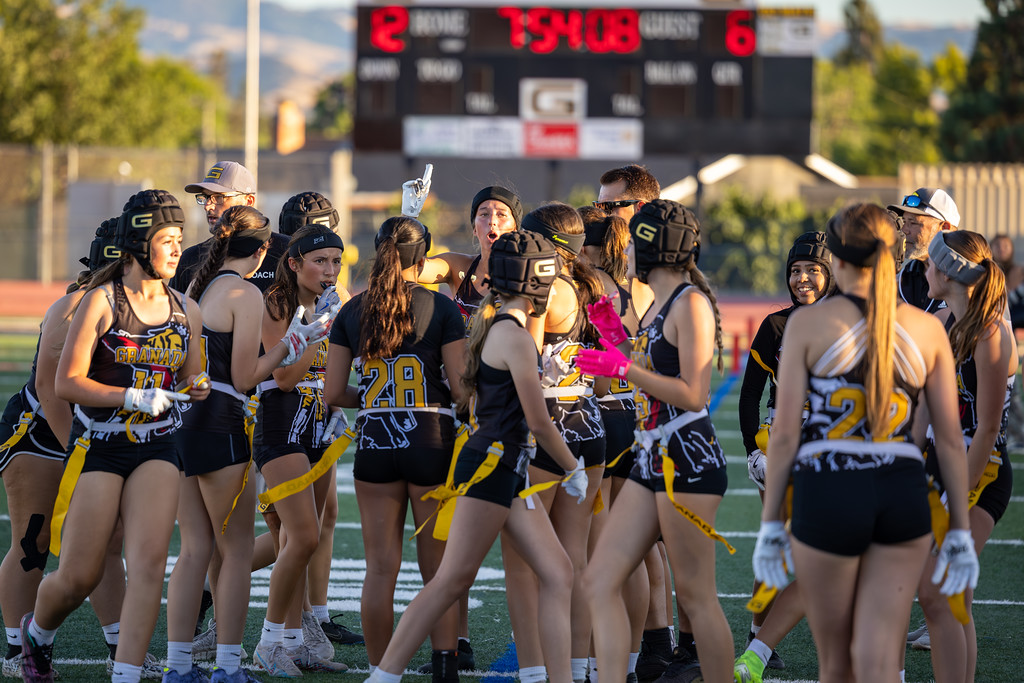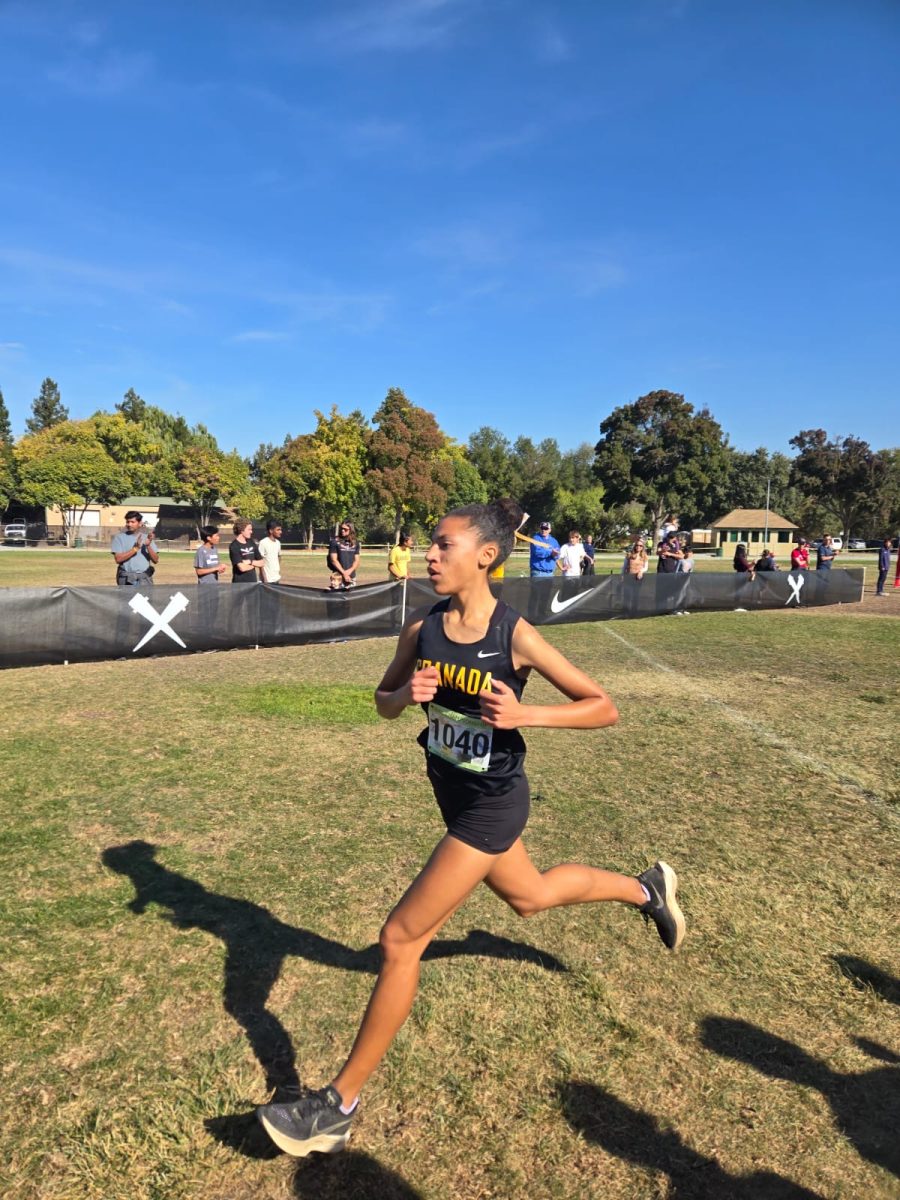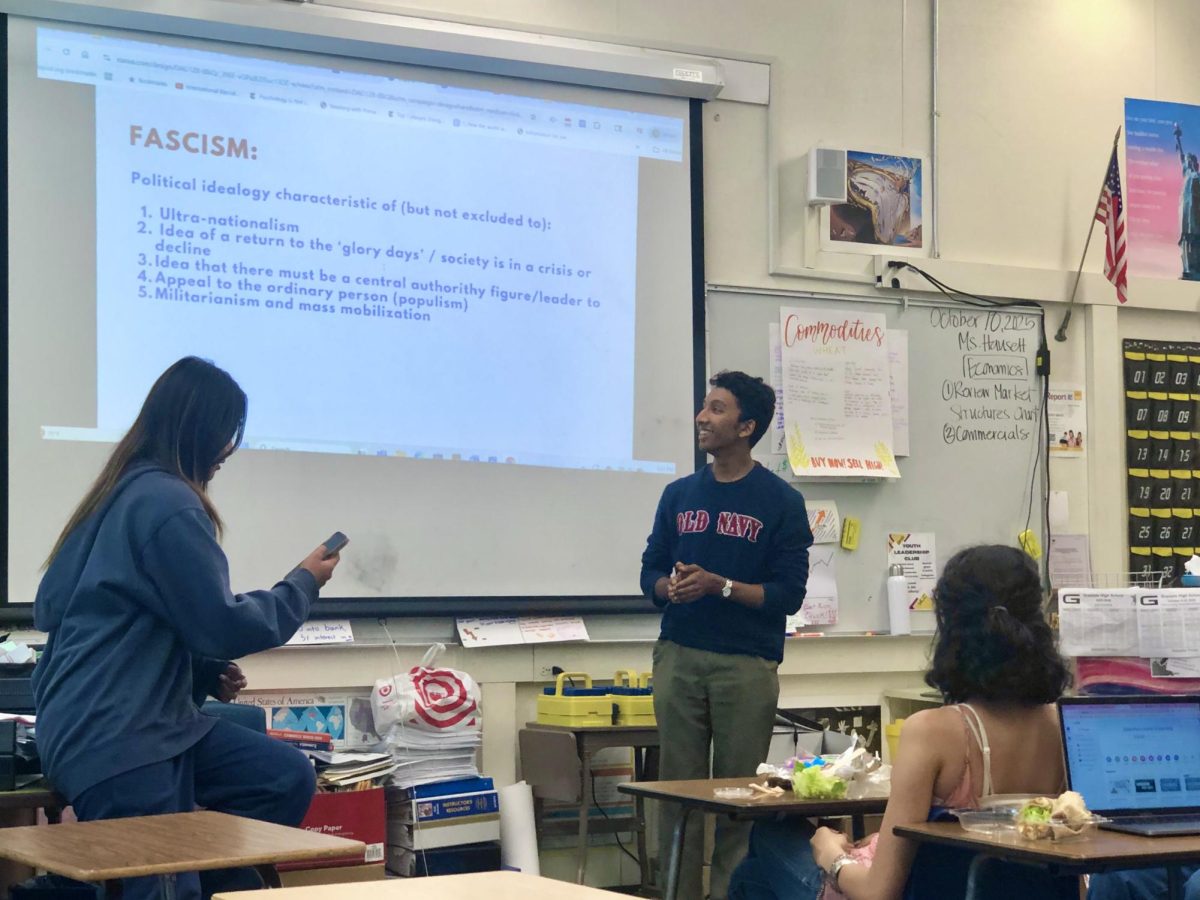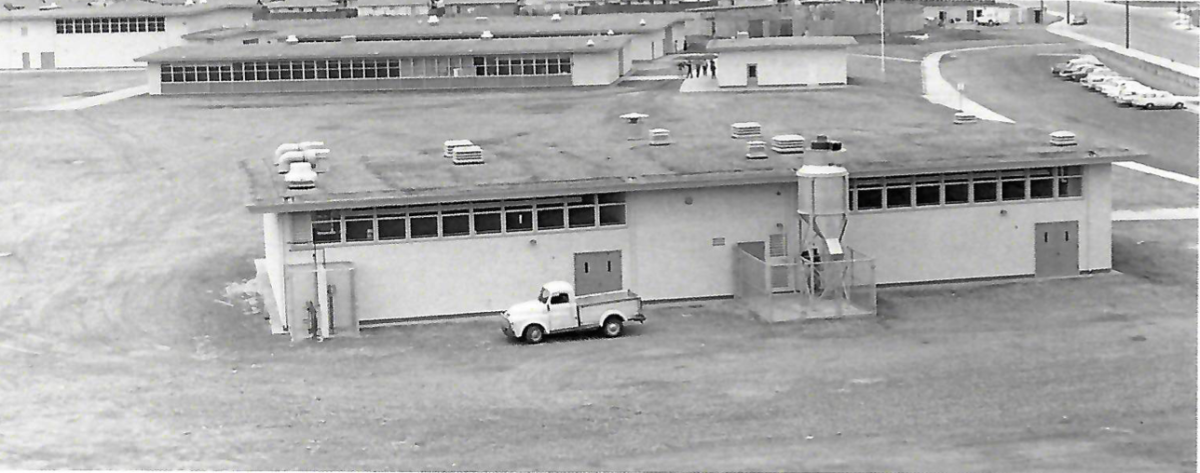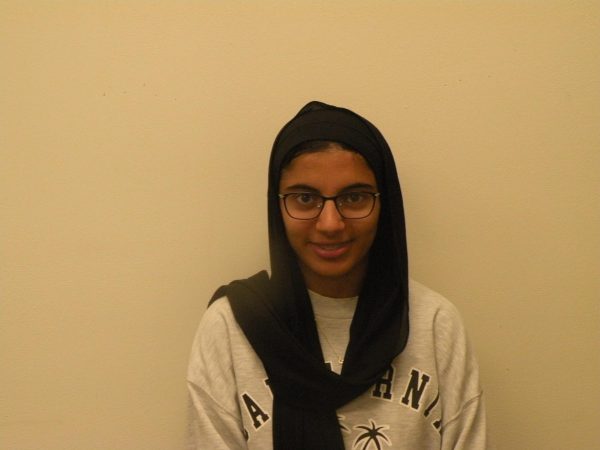Before World War Two, Granada was a small rural town with only one high school and nothing that could put it on the map. Since Livermore has an airport due to clear air from the valley, Livermore community boosters had been trying to get the Air Force training schools in Livermore only to lose to other cities such as Denver and Boulder, Colorado. Then World War Two happened and during this tumultuous time, the Air Force finally opened a Naval Air Station. After World War Two, the station turned into Lawrence Livermore Laboratory for nuclear testing due to the emergence of atomic weapons during World War Two. This was the lab that would turn things around for Livermore.
Lawrence Livermore Laboratory employed ten thousand people, bringing workers and their families to Livermore. This meant more people and more buildings, bringing major growth to the town and turning it from a rural town to a suburb. In 1950, the town had 4,300 people, and by 1965 around 25,000 people were living there. To accommodate the growing population, in 1960 Livermore voters voted for a four million dollar state loan to create a new high school. People voted for it to be called “Granada” but some other name options are “Oak Knoll”, “Mocho”, and “Boot Hill”. It was decided that the school would be built on Boot Hill, an area that used to be a cemetery.
Building an actual school, however, took some time. A few months after the vote, the construction of Granada had to be delayed for one year due to the lack of state funds. By 1963, construction was moving along and the future student body had voted on the school color and mascot, but construction got delayed again. This caused Granada students to spend their first semester at LHS. They had to take some of their classes in faculty classrooms or the library. In January 1964, the Granda student body could finally attend their own campus although they still had to take the bus to get to science and P.E. classes for a bit longer.
Granada High School has of course changed significantly since 1964. In the 1960s and 70s, there were strict dress codes, especially for female teachers. In Granada’s early years, female teachers were forbidden from wearing pants. Failure to wear skirts or dresses would result in being assigned yearbook duty. The female teachers protested and the rule was changed. No teachers were assigned yearbook duty. Classes were also quite different than what they used to be. At first, students were required to take driving classes and optional classes included jewelry-making, bicycling, and the Vietnam War.
There was also an Aerospace class started in 1977 to teach students about science such as meteorology, geography, and physiology. This class also taught students more about piloting and flight. Unfortunately, the class didn’t last long due to staffing and financial reasons. There was also the FEAST program that lasted from the 1970s to 1988. The food service teacher would cook food for lunch once a week for faculty. The room would be decorated like a restaurant where students would be servers.
Granada is a school with an interesting and extensive history over the past 60 years. As the Livermore community continues to grow, so does Granada High School. It may seem like many changes are happening at school right now, but Granada as a school has always been constantly changing as the world around it changes. There have always been grievances and things that can be changed. Classes and teachers come and go. What’s important is to continue to learn about history, even local history about your high school, to fully understand the bigger picture. There have been countless students who have gone through similar experiences at this school and it’s important to keep that in mind. You can find out more about GHS history here and even learn about LHS history here.

